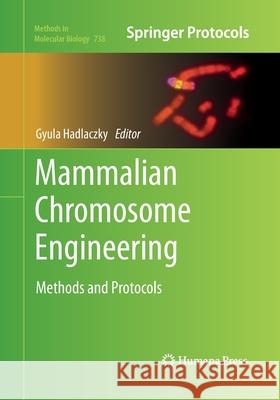Mammalian Chromosome Engineering: Methods and Protocols » książka
topmenu
Mammalian Chromosome Engineering: Methods and Protocols
ISBN-13: 9781493957750 / Angielski / Miękka / 2016 / 257 str.
Mammalian Chromosome Engineering: Methods and Protocols
ISBN-13: 9781493957750 / Angielski / Miękka / 2016 / 257 str.
cena 470,13 zł
(netto: 447,74 VAT: 5%)
Najniższa cena z 30 dni: 462,63 zł
(netto: 447,74 VAT: 5%)
Najniższa cena z 30 dni: 462,63 zł
Termin realizacji zamówienia:
ok. 20 dni roboczych.
ok. 20 dni roboczych.
Darmowa dostawa!
Kategorie BISAC:
Wydawca:
Humana Press
Seria wydawnicza:
Język:
Angielski
ISBN-13:
9781493957750
Rok wydania:
2016
Wydanie:
Softcover Repri
Ilość stron:
257
Waga:
0.47 kg
Wymiary:
25.4 x 17.78 x 1.42
Oprawa:
Miękka
Wolumenów:
01
Dodatkowe informacje:
Wydanie ilustrowane











